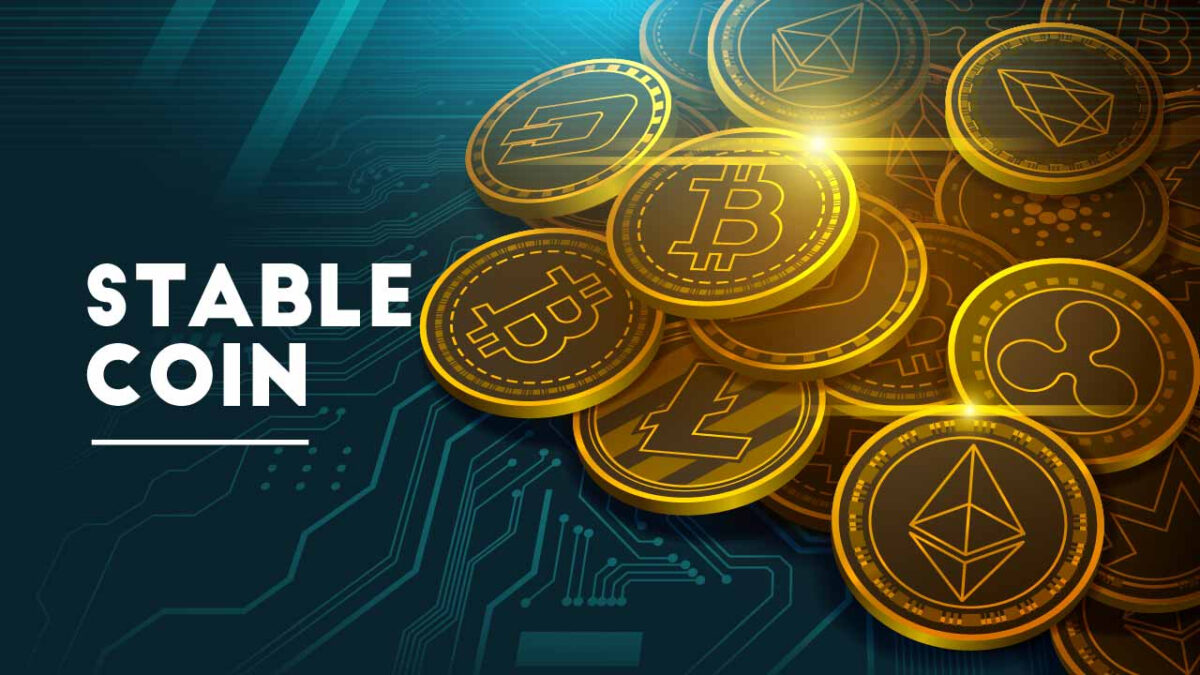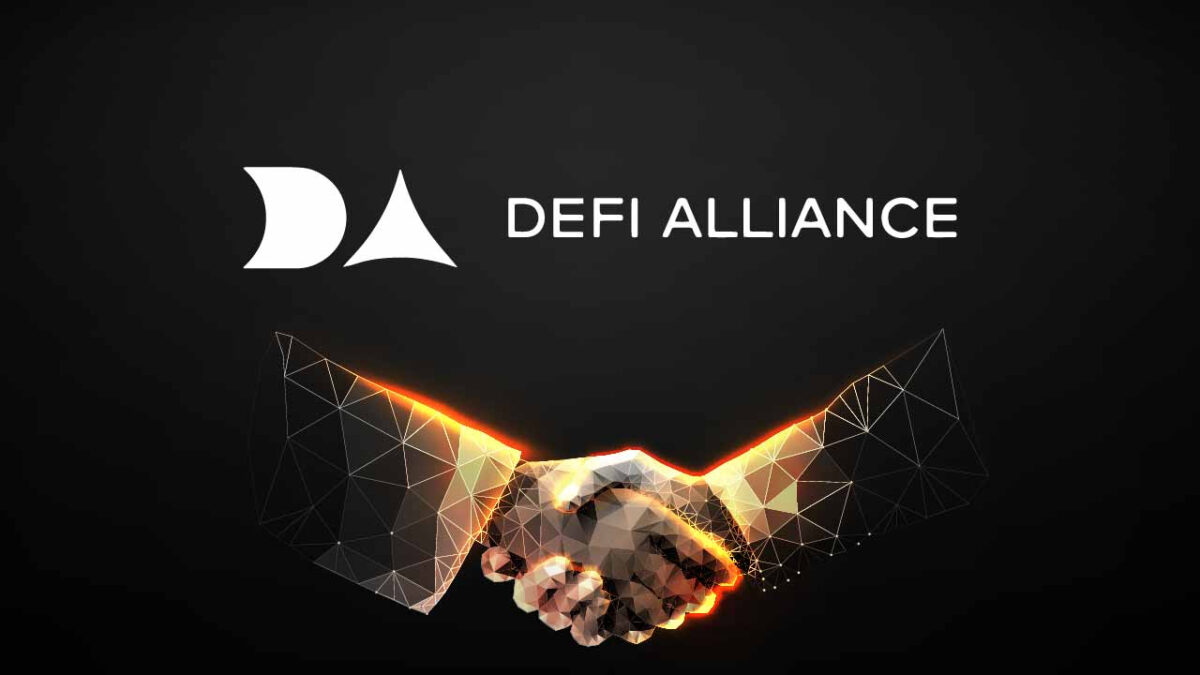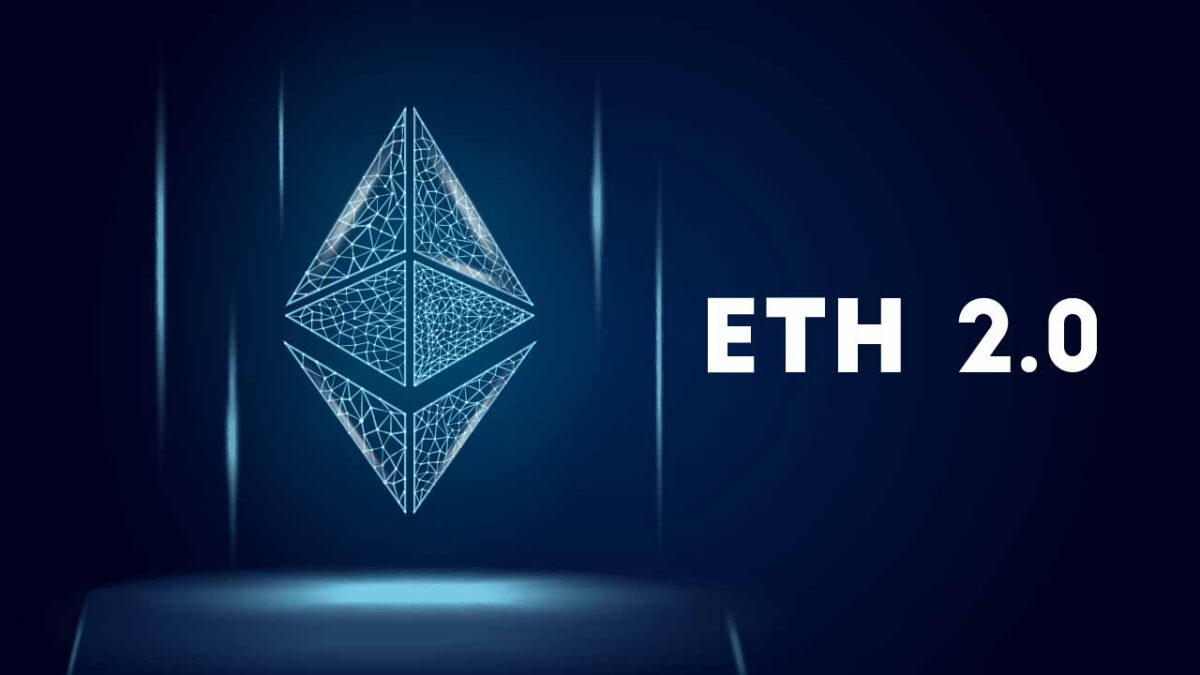When it comes to price volatility, cryptocurrencies have been regarded as exceptionally risky financial products from their beginning. Because of the dangers to vendors and merchants, this has resulted in price spikes and crashes, preventing cryptocurrencies from being used for common products and services in some circumstances.
Stablecoins are a solution to this problem. According to the hypothesis, creating a currency that is ‘pegged’ or linked to a regular fiat currency with a generally steady price, such as the US dollar, will prevent price volatility.
We’ll go through these in greater detail further down.
What is a Stablecoin?
Stablecoins are digital assets that promise to be backed by fiat currencies such as dollars, pounds, shekels, and rubles.
The concept is that, unlike cryptocurrencies like Bitcoin, the price of stablecoins remains constant regardless of whether fiat currency backs them.
Stablecoins are employed as a store of value or a unit of account, as well as in other applications where volatile cryptocurrencies aren’t ideal. To attain price stability, different stablecoins employ different methodologies; some are centralized, while others are decentralized.
Examples of Stablecoin
- Fiat collateralized stablecoins
These are cryptocurrencies that are tied to a national currency, such as Tether, which is 1:1 tied to the US Dollar. This is the simplest method for creating a stablecoin. Fiat currency must be deposited as collateral for a fiat-collateralized stablecoin to exist, as the name implies. The tokens are then issued at a 1:1 ratio against collateralized fiat cash.
This is a straightforward solution, but it necessitates regular auditing and the oversight of a financial custodian to ensure that the token remains completely collateralized. A downside to having the token is that it is centralized by a party.
- Crypto-collateralized stablecoins
A crypto-collateralized stablecoin has cryptocurrency locked up as collateral, similar to how a fiat-collateralized stablecoin has fiat tender as collateral.
The stablecoin requires a security pledge to compensate for the volatility of the collateralized cryptocurrency. This means that the currency will have a $2 USD pledge for every $1 USD stablecoin released, rather than a 1:1 ratio to the collateral crypto.
- Non-collateralized stablecoins
The Seigniorage Shares system is used by some stablecoins. The discrepancy between the value of money and the cost of printing it is known as seigniorage. Non-collateralized stablecoins use a mechanical algorithm to adjust supply volume as needed to keep their price stable.
The stablecoin will sell if the price falls below the tagged currency and will issue more tokens to the market if the value climbs above the pegged currency, thanks to smart contracts.
Stablecoins List
The Best Stablecoins
With all of this in mind, you might be wondering which stablecoins are the best.
While we can’t provide a definitive answer due to subjective factors, we can provide a list of the most well-known stablecoins. Because there are so many stablecoins out there, we’ve narrowed it down to the top six in terms of popularity and trading volume.
Fiat-backed stablecoins:
Tether – USDT
In today’s cryptocurrency industry, Tether is undoubtedly the most well-known stablecoin. Tether, which is ‘tethered’ to the US Dollar at a 1:1 ratio, is one of the most popular stablecoins, with cryptocurrency exchanges adopting the token as the go-to currency when direct USD transactions are not available. This could be due to a variety of circumstances, including country legislation.
One of Tether’s main advantages is that it keeps its $1 USD value, allowing investors and traders to avoid paying exchange fees and transaction charges.
Tether offers a number of advantages, including the capacity to offer a token that is absolutely stable in relation to the US Dollar. However, detractors have raised concerns about the token’s centralization, transparency, and the unmet promise of an official audit.
TrueUSD – TUSD
TrueUSD is a fiat-collateralized cryptocurrency that has acquired more trust from critics than Tether, which has the distinction of being the first stablecoin to make its mark. Regular audits, properly backed collateral, and compliance with regulatory requirements for the USD-peg have earned the stablecoin a reputation for openness.
TrueUSD has formed connections with a number of banks and trusts in order to avoid Tether’s centralized position. TrueUSD has no way of accessing the cash due to the smart contracts in place, assuring complete decentralization.
Crypto-backed stablecoins:
MakerDAO
MakerDAO attempts to reduce price volatility by utilizing native Maker tokens and the Ethereum blockchain. MakerDAO uses Ethereum via a smart contract to collateralize the stablecoin, and the Ether collateral is gathered into a Pooled Ether (PETH), which allows the smart contract to generate MakerDAO’s DAI token and interest over time. The interest earned is known as the “stability fee,” which means that if customers wish to withdraw Ether from the contract, they must pay back the same amount of DAI.
Non-collateralized:
Basis
The ultimate goal of Basis is to turn the token into an index-offering, with the token’s value pegged to a variety of assets to assure its stability. In addition, the project hopes to maintain its supply by leveraging two other currencies. Token holders can exchange their tokens for bonds to earn interest on their investment over time, and Basecoin Shares are created when the stablecoin’s supply has to be increased.
Exchange backed stablecoins
Tokens for cryptocurrency exchanges are created and exist to support the cryptocurrency exchanges that they support. Exchange-driven stablecoins, such as the Gemini Dollar, provide Gemini users lower costs when trading using the exchange’s native token while maintaining the Gemini Dollar’s 1:1 USD ratio.
How are stablecoins used?
Stablecoins, like most digital assets, are primarily utilized as a store of value and a means of exchange. They provide traders with a temporary reprieve from market volatility when the market is falling, and they may also be used for yield-farming, lending, and liquidity provision in the rapidly emerging field of decentralized finance (DeFi).
Most traders and investors get their stablecoin exposure by buying them on exchange platforms, but it’s also possible to mint new stablecoins by providing the necessary collateral with the issuing corporation, such as US dollars with Tether or actual gold with CACHE go.
Advantages of Stablecoins
Stablecoins have been the subject of both pro and con arguments.
Stablecoin proponents say that these tokens serve as an excellent model for completing the important parts of what makes up a currency. This implies they serve as a medium of trade, a store of value, and a monetary unit. Furthermore, stablecoins combine the advantages of blockchain-based tender with the lack of volatility associated with cryptocurrencies.
Stablecoins could be the next step toward mainstream adoption in this situation, which would be advantageous to the cryptocurrency sector overall.
Disadvantages of Stablecoins
Investors require evidence that the coins are backed by reserves. In the case of Tether, this has never been proven, leading to speculation that the currency is unbacked and was created out of thin air.
Stablecoins are not always stable. Traders have poured money into the Gemini Dollar, which has climbed by a few pennies numerous times in the last year. Tether, which had earlier plunged to as low as $0.51 on certain exchanges, had ironically provided many of those investors’ funds. As a result, stablecoins might be thought of as relatively’ rather than totally stable, especially when compared to volatile assets like Bitcoin.
The future of Stablecoins
Investors are increasingly looking to stablecoins as a safer option to experiment with cryptocurrency now that the 2017 crypto mania is over. The supply of stablecoins increased by 94% in the first half of 2020, reaching $11 billion in June. The Office of the Comptroller of the Currency (OCC) in the United States authorized national banks and federal savings associations permission to retain reserves for stablecoin issuers in September 2020.
The idea of a digital dollar, a shadow currency that puts fiat onto the blockchain without jeopardizing its value, is becoming increasingly appealing as more well-known participants join the fray—for example, the Winklevoss twins, Circle, and Coinbase.
How to buy StableCoins
The majority of stablecoins are bought on cryptocurrency exchanges. They can be purchased in the same way as any other cryptocurrency. Just make sure the exchange you’re using supports the stablecoin you want to buy.









